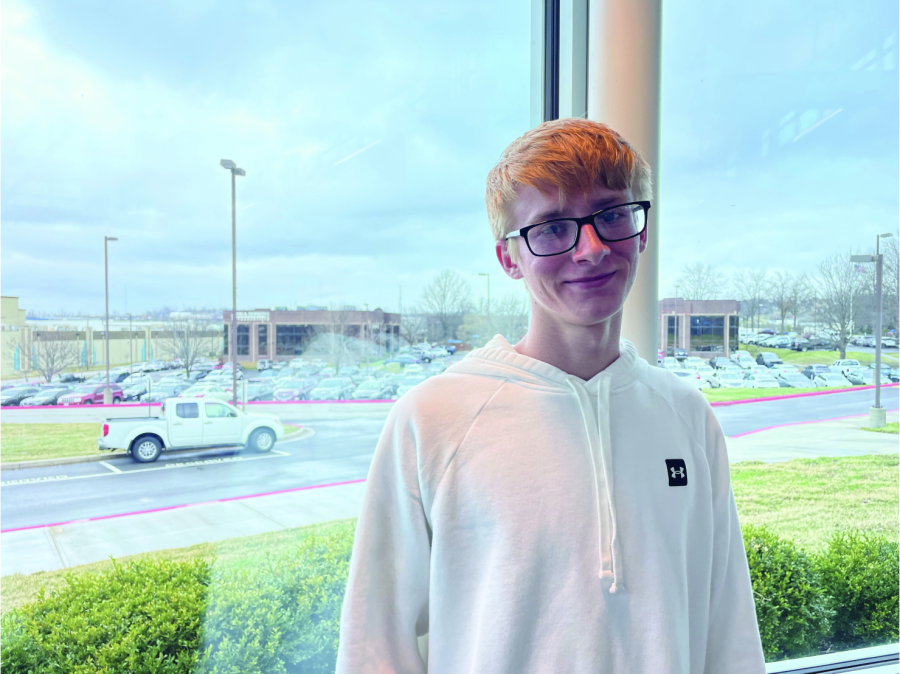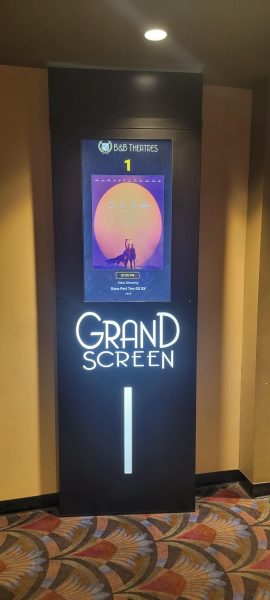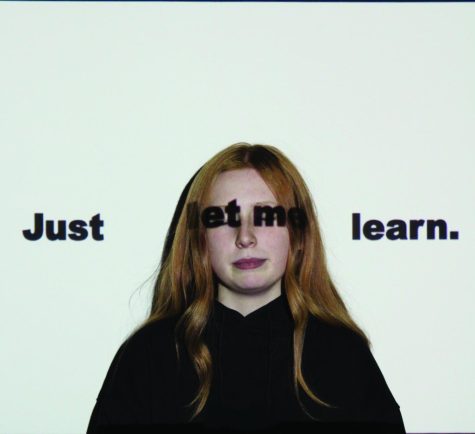The Parking Lot
Parking facilities have negative economic, environmental and aesthetic impacts on our cities.
“People can have the Model T in any color – so long as it’s black,” Henry Ford once said. The Ford Model T was the world’s first affordable car, due to being the first produced on an assembly line. Between 1913 and 1927, Ford factories produced more than 15 million Model Ts.
Cars are widespread in our culture, for better or worse. There is even a comical cartoon in which the joke is if aliens visited Earth, they would think cars are the dominant species.
And with lots of cars, comes lots of parking.
There are somewhere between 800 million and 2 billion parking stalls in the United States; that is between 3 and 8 stalls for every registered vehicle. Many commercial buildings, such as Walmart, have parking lots bigger than the actual store itself.
Land use analysis makes it plain as day that parking, not buildings, is the dominant feature of the landscape. Even looking at our school, the space used for parking is similar in size to our actual school itself.
Parking lots present many issues: parking pavement can’t absorb stormwater, leading to flooding and pollution problems from runoff, parking pavement absorbs heat from the sun and contributes to the deadly urban heat island effect, parking lots generate no wealth for cities and take away potential; what could cities put there instead?
The city of Liberty requires for “all other business uses: One space per two hundred fifty (250) square feet of floor area.” Since parking spots are required to be “a minimum of nine (9) feet wide and eighteen (18) feet long,” a 2500 square feet commercial building would require 10 parking spots, which would take up 1620 square feet of space; parking takes up 39% of the entire lot. That’s not including the space to drive around in a parking lot, which would increase that 39%.
However, parking lots are the symptoms, not the problem. Lots of parking means our land use policies require people to drive. Our perceived need for parking has been inflated. Policies that reduce road space by allowing more bicycles or buses, or the introduction of walkable, mixed-use neighborhoods that allow for walking distance to home, the office, the gym, the grocery store, a place of worship, etc.












